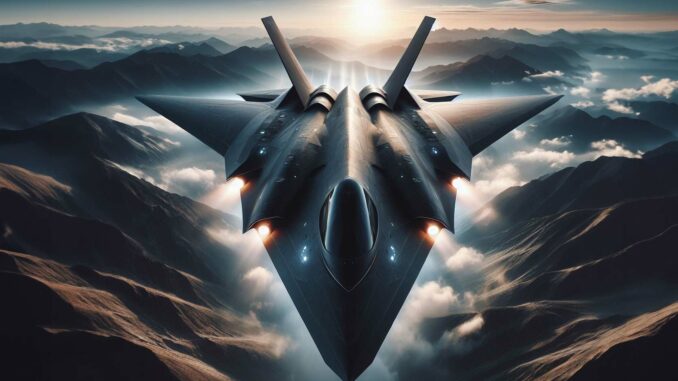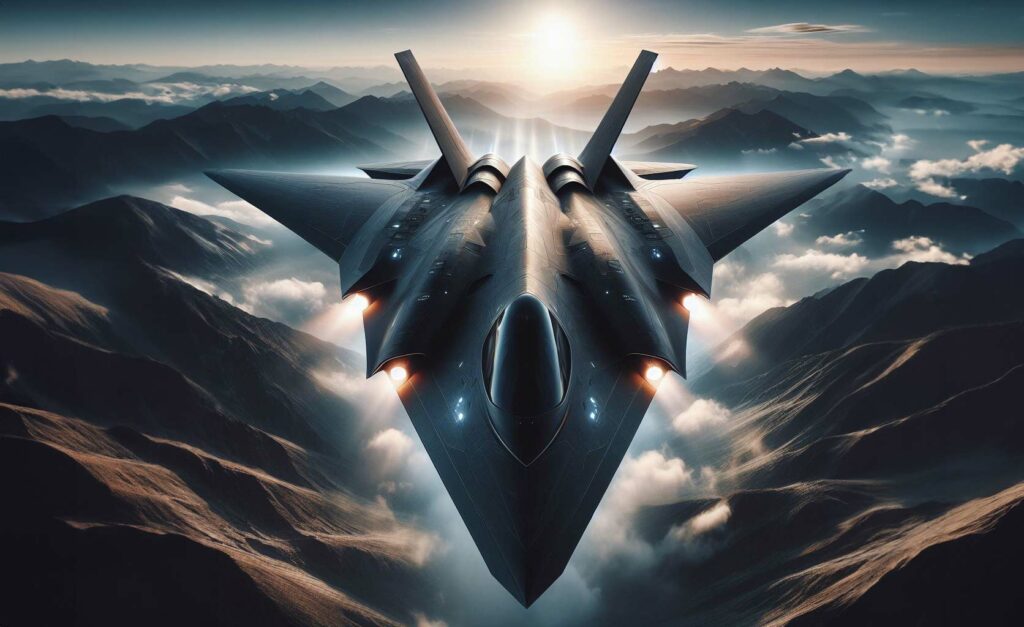
Lockheed’s SR-72 DarkStar raises questions about the possibility of manned hypersonic flight, traveling at more than 6 times the speed of sound.
SR-72 DarkStar and the challenge of manned hypersonic flight
The SR-72 DarkStar, a mysterious and elegant project from Lockheed, raises questions about the feasibility of manned hypersonic flight. This stealth jet is designed to travel at more than six times the speed of sound, but the possibility of a human being surviving in such conditions remains uncertain. Although the film “Maverick” highlighted a hypersonic aircraft similar to the SR-72, the reality behind the technology remains unclear.
According to reports, the US Air Force acknowledges the existence of the SR-72, and Lockheed distributed conceptual images of the aircraft at the film’s premiere. However, the distinction between the concept and the reality of what Lockheed’s Skunk Works laboratories actually developed remains unclear.
Research into hypersonic flight has progressed in recent years. Gregory Zacharias, former Chief Scientist of the US Air Force, had discussed hypersonic technological advances with Warrior, anticipating hypersonic operational weapons for the early 2020s and hypersonic drones around 2030. However, he stressed that managing extreme heat at hypersonic speeds represents a major challenge for manned flight.
Scientists at the Air Force Research Laboratory have been exploring various aspects of hypersonic flight, including “boundary layer phenomenology”, which concerns the airflow surrounding a hypersonic projectile, and aerodynamic configurations that can maintain laminar airflow. This research could lead to innovations for managing heat and turbulence at hypersonic speeds.

Impacts and prospects of the SR-72 DarkStar on aviation and defense
The potential development of the SR-72 DarkStar and other hypersonic technologies has important implications for the future of aviation and defense. Firstly, if manned hypersonic flight becomes a reality, it could revolutionize not only the military, but also commercial air transport, enabling much faster travel around the world.
Secondly, advances in hypersonic technology will enhance military capabilities, particularly in terms of rapid strikes and surveillance. An aircraft capable of flying at hypersonic speeds would be extremely difficult to detect and intercept, offering a significant strategic advantage.
Thirdly, the development of hypersonic aircraft raises questions about the management of extreme heat and the strength of materials. Research in these areas could have spin-offs in other sectors, such as advanced materials and space technology.
Fourthly, hypersonic flight poses challenges in terms of safety and environmental sustainability. Ensuring passenger safety at extreme speeds requires significant advances in aircraft design and life support systems. In addition, the environmental impacts of these high-speed flights, particularly in terms of emissions and noise pollution, will have to be taken into account.
Fifthly, the development of hypersonic aircraft could accelerate the arms race and influence the global balance of military power. Nations will be looking to develop or acquire similar technologies so as not to be left behind in this new era of military aviation.
Finally, the SR-72 DarkStar and similar projects could stimulate innovation in the fields of aerodynamics, propulsion and thermal management. These technological advances could pave the way for new applications and discoveries in various scientific and industrial fields.
Lockheed’s SR-72 DarkStar and the prospect of manned hypersonic flight represent a quantum leap in aeronautical technology, with profound implications for both military and commercial aviation. These developments could redefine the limits of what is possible in aviation, and have a lasting impact on defense and global air transport.
War Wings Daily is an independant magazine.